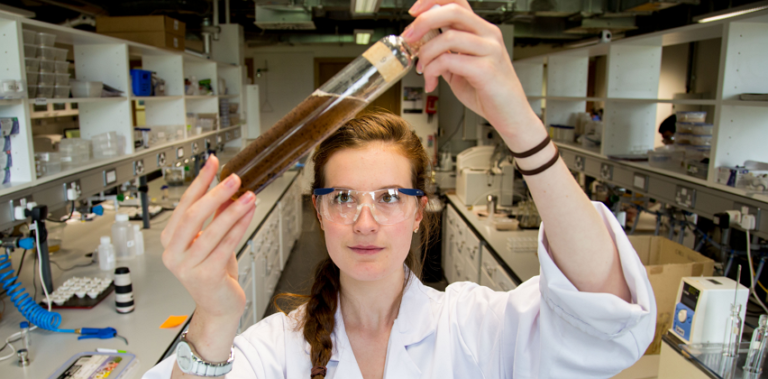Bioeconomy is a new buzzword, but how can you get involved? Perhaps you have valuable biomass resources, but don’t know what they are made of and what they could be used for? Celignis Analytical is the partner you need for your project! Born from the successful research project (DIBANET) coordinated by the Carbolea Biomass Research Group at the University of Limerick, Celignis has subsequently been developing innovative methodologies to improve biomass analysis processes.

Celignis founder Dr. Daniel Hayes discovered that although feedstock composition was a critical factor for the success of biomass transformation processes, precise data was missing for a wide range of feedstocks. To address this issue, and avoid future problems in conversion processes, companies used to subcontract laboratories to chemically analyse biomass samples. This process is time consuming and expensive: taking approximately two weeks per sample, and costing hundreds of euros. Looking for solutions to improve this process, Celignis created a novel methodology for biomass analysis, modelling samples’ composition according to the results of a Near Infrared spectroscopy analysis. Their method uses infrared light to determine the presence and quantity of important constituents in biomass materials. Following the analysis of hundreds of samples of different feedstocks across the world, Celignis developed unique algorithms to predict with high accuracy and precision the composition of biomass samples. In that way, up to 13 different parameters, including type and amount of sugars, lignin and ash, can be analysed for various types of biomass. And this in only one day, for less than a hundred euros per sample.
This process has been instrumental in the successful development and implementation of the BIOrescue biorefinery process. First of all, to analyse and predict the composition of used mushroom compost samples. Using complementary chemical analysis when necessary, Celignis could determine the type and amounts of sugar, lignin and ash present in the compost. Secondly, the models were also used to select the most suitable combination of used mushroom compost and other agricultural residues that will safeguard the success of the biorefinery process. After running several tests with feedstocks from various European regions, Celignis experts found out that wheat straw, oat straw and barley straw were the most efficient to be combined with used mushroom compost to achieve a balanced composition of sugar and lignin for a productive biorefinery process. Based on this they determined precise balances of feedstocks to optimise process efficiency.
“In the transition towards a circular bioeconomy, we believe that accurate biomass analysis services are a key factor to unlock successful and profitable exploitation of sustainable biomass sources”, says Dr Hayes, “In that sense, we want to help companies reaching their full potential by providing them with precise data which will enable them to control each step of the biomass transformation process”. After mushroom compost, Celignis is looking forward to exploring new types of underutilised biomass and creating custom-made algorithms for rapid biomass analysis that will foster the development of innovative bio-based processes, and in the long run, the expansion of the bio-based industry across Europe.
What is Near Infrared Spectroscopy?
When you put your hand next to a fire, you can feel the heat on your skin. This is due to the near infrared radiations emitted by the fire, which are absorbed by water molecules in your skin, thus raising their temperature and those of your surrounding tissues. The principle is the same for molecules: when scientist send them infrared light, the liaisons within each molecule react in different ways, depending on the type of molecule. The reaction of these molecules is observable and recognisable thanks to the light energy that is being returned by the molecules. In fact, the frequency of this light signal emitted differs according to the type of molecules, which allows scientists to identify which molecules are present in a material by analysing these parameters with a dedicated equipment, called a spectroscope. The data collected by the machine is then interpreted through tailor-made algorithms, which make the link to the type of molecules and the amount present in the sample. To make their algorithms as accurate as possible, Celignis researchers have analysed thousands of feedstocks from around the world. They observe the reactions of each sample type and compare their results with chemical analysis when necessary in order to build a library of solid data for different biomass types with these data beingused to feed their algorithms.
Source
BioRescue, press release, 2019-03-29.
Supplier
Carbolea Biomass Research Group
Celignis Biomass Analysis Laboratory
University of Limerick
Share
Renewable Carbon News – Daily Newsletter
Subscribe to our daily email newsletter – the world's leading newsletter on renewable materials and chemicals









